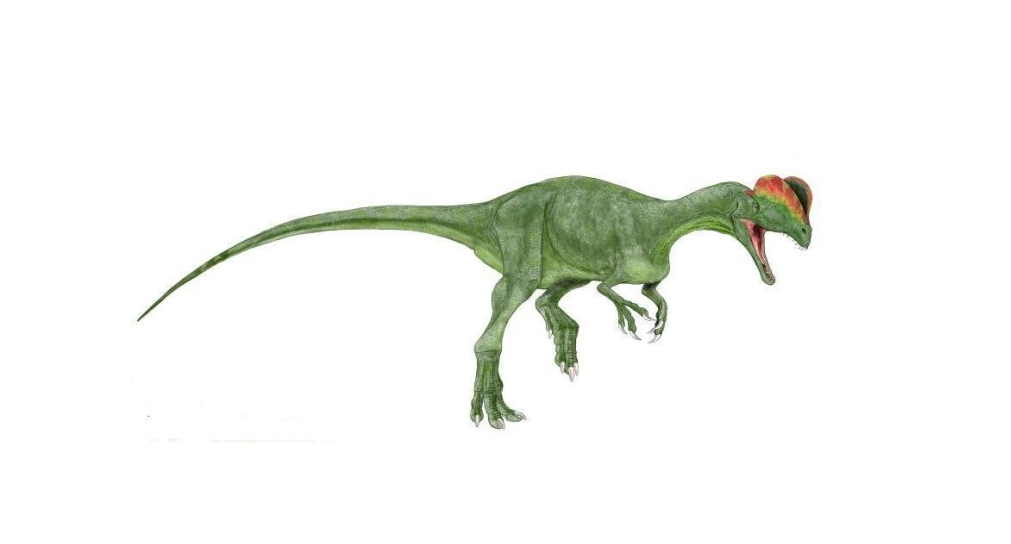Dinosaur Knowledge Tips Saurischia
Release time:2018/1/22 16:03:00

All carnivorous dinosaurs (certain types of theropods) are traditionally classified as saurischians, as are all of the birds and one of the two primary lineages of herbivorous dinosaurs, the sauropodomorphs. At the end of the Cretaceous Period, all saurischians except the birds became extinct in the course of the Cretaceous–Paleogene extinction event. Birds, as direct descendants of one group of theropod dinosaurs, are a sub-clade of saurischian dinosaurs in phylogenetic classification.
Saurischian dinosaurs are traditionally distinguished from ornithischian dinosaurs by their three-pronged pelvic structure, with the pubis pointed forward. The ornithischians' pelvis is arranged with the pubis rotated backward, parallelwith the ischium, often also with a forward-pointing process, giving a four-pronged structure. The saurischian hip structure led Seeley to name them "lizard-hipped" dinosaurs, because they retained the ancestral hip anatomy also found in modern lizards and other reptiles. He named ornithischians "bird-hipped" dinosaurs because their hip arrangement was superficially similar to that of birds, though he did not propose any specific relationship between ornithischians and birds. However, in the view which has long been held, this "bird-hipped" arrangement evolved several times independently in dinosaurs, first in the ornithischians, then in the lineage of saurischians including birds (Avialae), and lastly in the therizinosaurians. This would then be an example of convergent evolution, avialans, therizinosaurians, and ornithischian dinosaurs all developed a similar hip anatomy independently of each other, possibly as an adaptation to their herbivorous or omnivorous diets.

In his paper naming the two groups, Seeley reviewed previous classification schemes put forth by other paleontologists to divide up the traditional order Dinosauria. He preferred one that had been put forward by Othniel Charles Marsh in 1878, which divided dinosaurs into four orders: Sauropoda, Theropoda, Ornithopoda, and Stegosauria (these names are still used today in much the same way to refer to suborders or clades within Saurischia and Ornithischia).
Seeley, however, wanted to formulate a classification that would take into account a single primary difference between major dinosaurian groups based on a characteristic that also differentiated them from other reptiles. He found this in the configuration of the hip bones, and found that all four of Marsh's orders could be divided neatly into two major groups based on this feature. He placed the Stegosauria and Ornithopoda in the Ornithischia, and the Theropoda and Sauropoda in the Saurischia. Furthermore, Seeley used this major difference in the hip bones, along with many other noted differences between the two groups, to argue that "dinosaurs" were not a natural grouping at all, but rather two distinct orders that had arisen independently from more primitive archosaurs. This concept that "dinosaur" was an outdated term for two distinct orders lasted many decades in the scientific and popular literature, and it was not until the 1960s that scientists began to again consider the possibility that saurischians and ornithischians were more closely related to each other than they were to other archosaurs.
Although his concept of a polyphyletic Dinosauria is no longer accepted by most paleontologists, Seeley's basic division of the two dinosaurian groups has stood the test of time, and has been supported by modern cladistic analysis of relationships among dinosaurs. One alternate hypothesis challenging Seeley's classification was proposed by Robert T. Bakker in his 1986 book The Dinosaur Heresies. Bakker's classification separated the theropods into their own group and placed the two groups of herbivorous dinosaurs (the sauropodomorphs and ornithischians) together in a separate group he named the Phytodinosauria ("plant dinosaurs"). The Phytodinosauria hypothesis was based partly on the supposed link between ornithischians and prosauropods, and the idea that the former had evolved directly from the later, possibly by way of an enigmatic family that seemed to possess characters of both groups, the segnosaurs. However, it was later found that segnosaurs were an unusual type of herbivorous theropod saurischian closely related to birds, and the Phytodinosauria hypothesis fell out of favor.
A 2017 paper has put theropods in a proposed clade Ornithoscelida, along with the Ornithischia. In this picture, there would be convergent evolution of the hips between some theropods and saurischians.
from Wikipedia